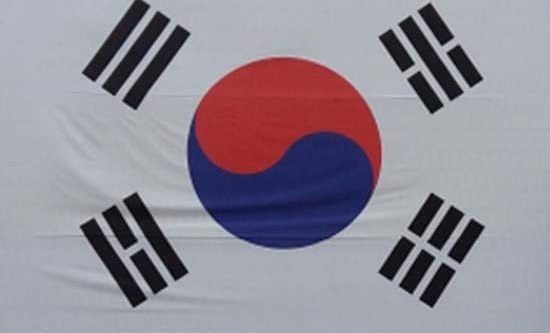
"What is the New Year's Day?"
2019-10-03 14:31:11

On October 3, Gaecheon-jeol (開 天 節) celebrates the meaning of 'gaecheon-jeol' is pouring.
Gaecheon-jeol is a celebration of the founding of the first nation-state, Dangun Chosun (Gojoseon), on October 3 (2333 BC, October 3, the first year of the Danun year).
That is, the day when heaven was opened.
In 1919, it was adopted by the Provisional Government of Shanghai as a national anniversary to celebrate October 3 of the lunar calendar.
Since the establishment of the government in 1948, short-term adoption was adopted as the yearly issue. It is officially enacted as a national holiday and celebrated each year.
Today's New Year's Day is on the 3rd day of the lunar calendar, but many Dangun worship groups perform the ritual on the 3rd day of the lunar calendar according to tradition.
Gojoseon was the first country in Korea to exist in Liaodong and the northwestern part of the Korean Peninsula until 108 BC.
Il-yeon, the author of Three Kingdoms History, first used the name Go Joseon in an attempt to distinguish Joseon from Dangun mythology from Wiman Chosun.
Since then, the name Go Joseon has been widely used to distinguish it from Joseon founded by Lee Sung-gye.
The founding time of Gojoseon is said to be 2333 BC.
Shijo's first appearance in the history book was from the beginning of the 7th century in the 7th century, and recorded at this time, Chosun seems to collectively refer to several regional groups that grew in the Liaohe basin across the northwestern Korean peninsula.
Dangun mythology, which we are familiar with, was made in the form of 'the epoch-making narrative' of the central group that established Gojoseon, and later expanded to the founding narrative of the entire Gojoseon nation.
The opening of the Temple was celebrated on October 3 in the first lunar calendar of Dangun, in honor of the founding of Dangun Chosun, the nation's first nation-state.
It is said that the opening of the New Year's Day was due to the celebration of the celebration of the ceremony of reconstruction of the Dangun Chosun by reopening the gate on January 15, 1900, in Daejonggyo, which serves the Gujodan Army.
The events of the New Year's Day at that time helped to raise national consciousness under the gloomy colonial rule during the Japanese occupation.
The Shanghai Provisional Government also set this day as a national holiday. After the liberation, the Republic of Korea government succeeded and changed the event held on the 3rd of the lunar calendar to the 3rd of the lunar calendar to October 3rd.
However, on October 3, Gaecheonjeol is not the national day of Dangun Chosun, but Hwanung opened the sky for the first time under the meaning of Hwan-in, the god of heaven, and descended under Sindansu of Taebaek-san.
It is more feasible to see that it means the 3rd day of the lunar calendar, October 3, 2457 AD, the day of the opening of the city of Hongik and the Ewha World.
Also known as.
There is also a lot of interest in whether or not to fly the Korean flag during the New Year's Day.
In accordance with the provisions of Article 2 of the Law on National Holidays, National Holidays, March 1 (March 1), Constitution Day (July 17), Liberation Day (August 15), Gaecheon (October 3), and Hangeul Day
(October 9) must be flagged.
On national holidays and anniversaries, the ferrule should be hung between the ferrule and the fulcrum, but on a memorial day like memorial day, it should be down by the width (vertical) of the fulcrum.

![[SBS My Little Old Boy] ‘My Little Old Boy’s Mother’s Trip to Taiwan’!](https://kroamer.com/upload/trending/thumb-LrD1731028166869_600x1013.jpg)




![[Oh Eun-young Report - Marriage Hell] A husband who refers to himself as the king of the Joseon Dynasty, and a wife who lived obediently like a court lady next to such a husband for 25 years?](https://kroamer.com/upload/trending/thumb-20241107161845_0_600x895.jpg)

